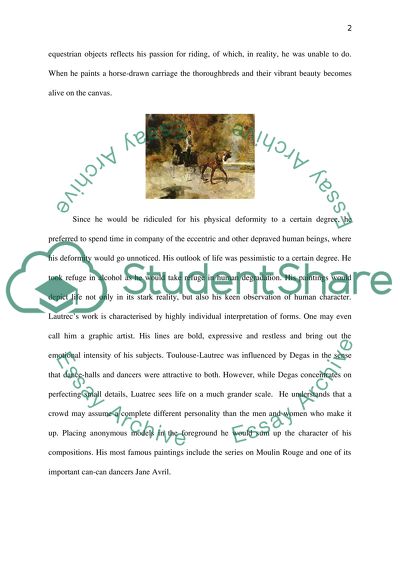Cite this document
(“Henri de Toulouse-Lautrec and Paul Gauguin Essay”, n.d.)
Retrieved from https://studentshare.org/visual-arts-film-studies/1417634-henri-de-toulouse-lautrec-and-paul-gauguin
Retrieved from https://studentshare.org/visual-arts-film-studies/1417634-henri-de-toulouse-lautrec-and-paul-gauguin
(Henri De Toulouse-Lautrec and Paul Gauguin Essay)
https://studentshare.org/visual-arts-film-studies/1417634-henri-de-toulouse-lautrec-and-paul-gauguin.
https://studentshare.org/visual-arts-film-studies/1417634-henri-de-toulouse-lautrec-and-paul-gauguin.
“Henri De Toulouse-Lautrec and Paul Gauguin Essay”, n.d. https://studentshare.org/visual-arts-film-studies/1417634-henri-de-toulouse-lautrec-and-paul-gauguin.


